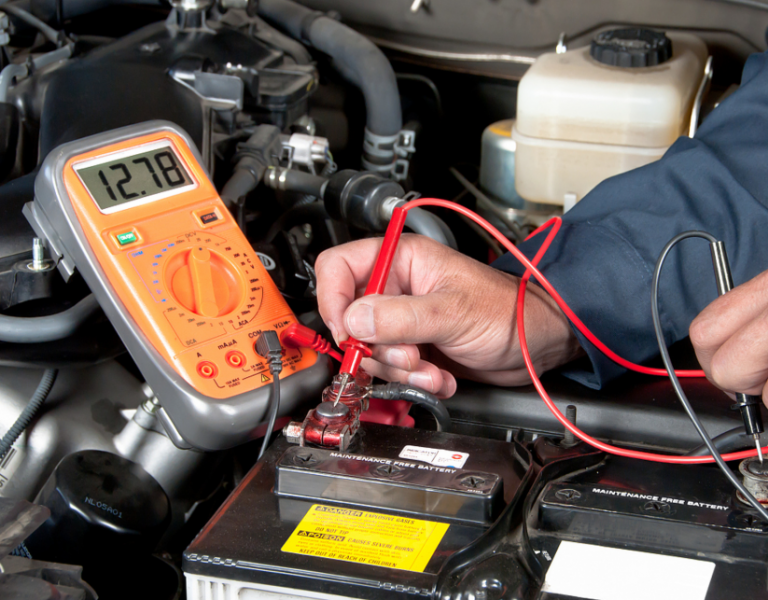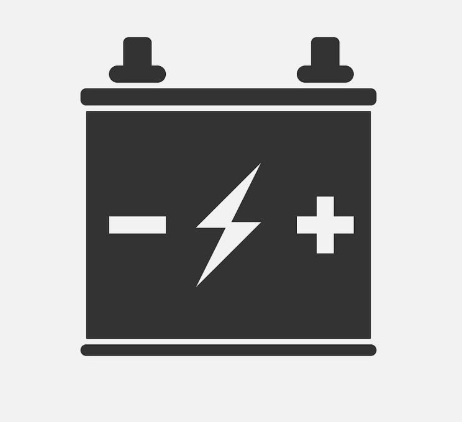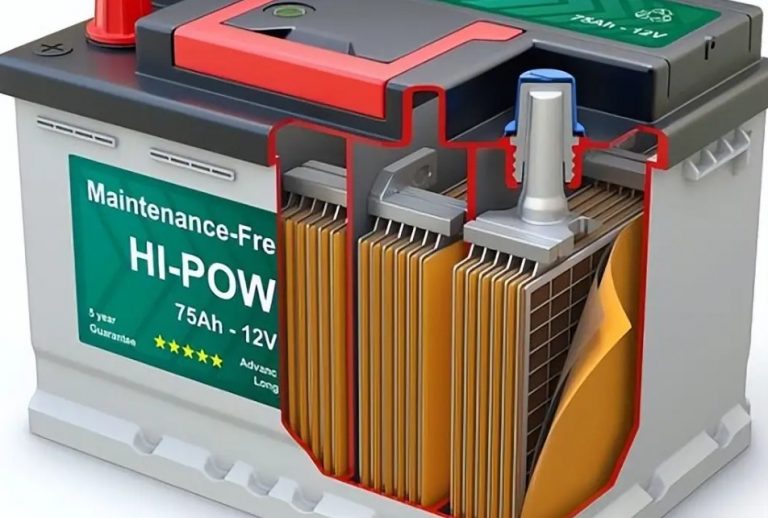AGM vs Lead Acid Battery: An In-Depth Analysis
AGM vs Lead Acid Battery. When selecting the right battery for your needs, AGM batteries and traditional lead-acid batteries are the two most common options. This article provides decision-making insights for buyers by analyzing technical specifications, application scenarios, market pricing, and future developments, supported by data and case studies.
1. Technical Principles and Core Parameter Comparison
AGM (Absorbent Glass Mat) batteries utilize fiberglass mat separators to absorb the electrolyte, enhancing energy conversion efficiency and storage safety. In contrast, traditional lead-acid batteries use liquid electrolytes, requiring periodic maintenance and refilling.
Comparison of Key Parameters
| Parameter | AGM Battery | Traditional Lead-Acid Battery |
|---|---|---|
| Energy Density | 50-80 Wh/kg | 30-50 Wh/kg |
| Cycle Life | 300-500 cycles (deep discharge) | 200-300 cycles (shallow discharge) |
| Self-Discharge Rate | 1-3% per month | 5-10% per month |
| Low-Temperature Performance | Starts at -40°C (30% higher starting current) | Performance declines sharply below -20°C |
| Maintenance Requirements | Maintenance-free | Requires periodic electrolyte checks |
Real-World Comparison
- A car owner reported that in -30°C conditions, an AGM battery (e.g., Bosch S5) delivered a starting current of 800A, whereas a conventional lead-acid battery (e.g., Varta Blue) only provided 500A, increasing the starting success rate by 60%.
- In solar energy storage systems, AGM batteries maintained 80% capacity after 500 cycles, whereas conventional lead-acid batteries degraded to 60% after just 300 cycles.
2. Application Scenarios
AGM Battery Applications
- High-End Vehicles: Ideal for cars with start-stop systems (e.g., BMW, Audi) requiring frequent charge and discharge cycles.
- Solar Energy Storage: Suitable for off-grid photovoltaic systems with deep discharge requirements.
- Medical Equipment: Maintenance-free and low leakage risk, making it suitable for UPS backup power supplies.
Traditional Lead-Acid Battery Applications
- Economy Cars: Suitable for standard vehicles without start-stop systems (e.g., Toyota Corolla).
- Electric Tricycles: Cost-sensitive applications with shallow discharge needs.
- Industrial Backup Power: Commonly used in UPS systems for data centers.
3. Market Pricing and Cost Analysis
| Type | Price (12V 60Ah) | Total Lifecycle Cost (10 years) |
|---|---|---|
| AGM Battery | ¥800-1500 | Low (maintenance-free + long lifespan) |
| Traditional Lead-Acid Battery | ¥400-800 | High (requires replacement 2-3 times) |
Examples
- A user configured an AGM battery storage system for their Tesla Powerwall with an initial investment of ¥12,000, which required no replacement for 10 years. Using lead-acid batteries instead would require three replacements, costing ¥15,000 in total.
- A taxi driver using an AGM battery (e.g., Varta AGM) saved ¥3,000 per year in fuel costs due to improved start-stop efficiency, recovering the price difference within two years.
4. Market Trends and Future Prospects
AGM Battery
- Growth Drivers: The global penetration rate of start-stop systems is expected to increase from 35% in 2023 to 70% by 2030 (Strategy Analytics forecast).
- Challenges: The falling cost of lithium batteries (e.g., lithium iron phosphate) may squeeze AGM’s share in the high-end storage market.
Lead-Acid Battery
- Declining Demand: Europe plans to ban the sale of fuel-powered vehicles by 2035, reducing the need for traditional lead-acid batteries.
- Remaining Markets: Developing countries still rely on lead-acid batteries for affordable electric vehicles and backup power (e.g., India’s lead-acid battery market grows by 5% annually).
Market Data
- The global AGM battery market was valued at $12 billion in 2023 and is expected to reach $21 billion by 2030 (CAGR 8.3%).
- The lead-acid battery market was worth $45 billion in 2023 but is growing at only 1.5% annually.
5. Frequently Asked Questions
Q1: Does my regular car need an AGM battery?
Answer: If your vehicle lacks a start-stop system and you have a limited budget, a lead-acid battery is more cost-effective. For example, replacing a lead-acid battery in a Honda Civic costs ¥500, whereas an AGM battery costs ¥1,000, offering little added value for such cars.
Q2: Do AGM batteries suffer in high-temperature areas?
Answer: AGM batteries have a broader operating temperature range (-40°C to 60°C) than lead-acid ones, but prolonged exposure to temperatures above 70°C can shorten their lifespan. For example, users in the Middle East report that AGM batteries (e.g., Optima RedTop) last up to four years in desert conditions.
Q3: Will lead-acid batteries be phased out?
Answer: Not in the short term. Lead-acid batteries offer advantages in cost and recyclability (98% of lead content can be recycled). However, AGM and lithium batteries are gradually replacing them in high-end applications.
6. Conclusion and Buying Recommendations
- Choose AGM: Best for start-stop vehicles, deep-cycle energy storage, or extreme environments.
- Choose Lead-Acid: Suitable for budget-conscious buyers, backup power applications, or short-term use.
Final Decision Formula:
Choose AGM = (Start-Stop System + Low-Temperature Need + Long-Term Value) > (Initial Cost + Low Charge-Discharge Frequency)


















